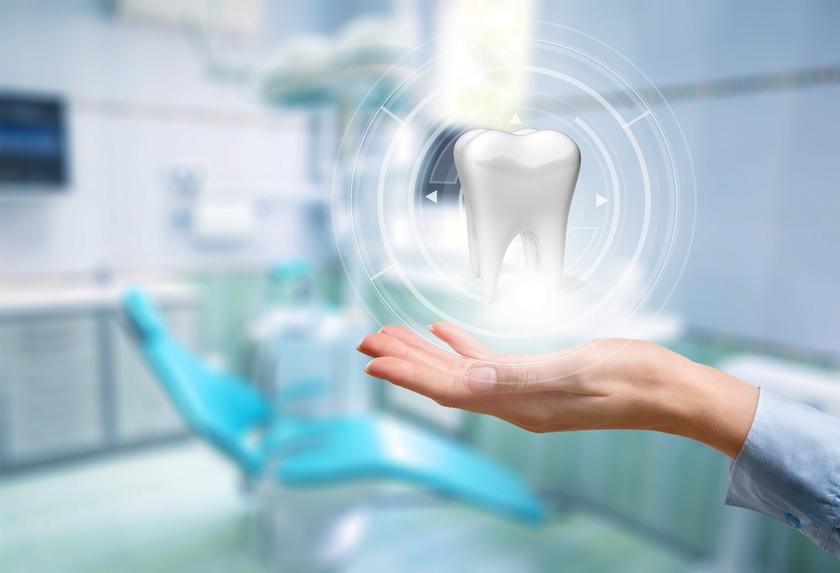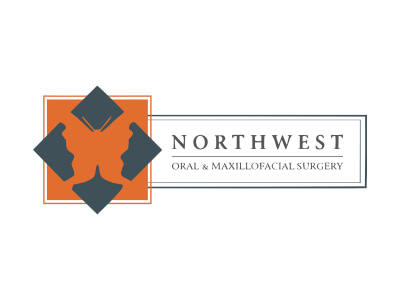- Categories :
- More
Dental Bridge vs. Dental Implant vs. Implant Bridge

One of the natural consequences of aging is that as we get older, it is likely that we will have one or more of our natural teeth missing.
The good news, according to a National Institute of Dental and Craniofacial Research 2021 report, since 2000, older American adults have continued to have fewer teeth extracted, and the proportion with total tooth loss is at an all-time low.
The reality is, however, that only 13 percent of older adults have lost no teeth, and the percentage of those with functioning dentition (more than 20 teeth) is hovering at 51 percent.
Losing a tooth can be a significant concern, not only for oral health but also for self-confidence and quality of life.
Fortunately, modern dentistry offers various options to replace missing teeth, with traditional dental bridges, newer dental implant technology, and a fusion of the two procedures, an implant bridge, being three of the most popular choices.
“Dental implants are becoming the preferred treatment of choice for many older adults who can afford them,” concluded the report.
Understanding Dental Implants
The implant serves as a sturdy foundation for attaching a custom-made dental crown. Over time, the implant fuses with the bone through a process called osseointegration, providing a stable and long-lasting solution for tooth replacement.
The concept of dental implants dates back thousands of years, with evidence of early attempts found in ancient civilizations such as the Mayans and Egyptians.
However, modern dental implants have their roots in the work of Dr. Per-Ingvar Brånemark, a Swedish orthopedic surgeon, who discovered the process of osseointegration in the 1950s. His groundbreaking research laid the foundation for the development of contemporary dental implant techniques.
Today, there are various types of dental implants available, each designed to address specific patient needs. The two most common types are:
-
Endosteal implants are placed directly into the jawbone.
-
Subperiosteal implants rest on top of the jawbone, underneath the gum tissue.
The choice of implant type depends on factors such as bone density, overall oral health, and individual preferences.
Benefits of Dental Implants
Dental implants offer several advantages over other tooth replacement options. They provide excellent stability and function, closely resembling natural teeth in appearance and functionality.
Implants help preserve jawbone integrity by stimulating bone growth, preventing bone loss, and maintaining facial structure.
Furthermore, they have a high success rate and can last a lifetime with proper care.
“Dental implants can be the best solution to the problem of missing teeth,” said Northwest Oral & Maxillofacial Surgery's Dr. Ryan H. Parnell.
Among the benefit of dental implants:
-
Comfort: Dental implants will allow you to speak and eat with comfort and confidence. They are secure and offer freedom from the troublesome clicks and wobbles of dentures.
-
Cost effective: Because only one tooth is replaced rather than the three teeth of a bridge, dental implant tooth replacement can cost less than traditional bridgework.
-
Reliable: The success rate of dental implants is highly predictable. They are considered an excellent option for tooth replacement.
-
Tooth saving: Dental implants do not sacrifice the quality of your adjacent teeth like a bridge because neighboring teeth are not altered to support the implant. Your own teeth are left untouched, which is a significant long-term benefit to your oral health.
Dental implants also have some drawbacks: the process involves oral surgery, which may not be suitable for everyone. It requires enough healthy jawbone to support the implant, and if bone loss has occurred, additional procedures like bone grafting may be necessary.
Dental implant procedures tend to be more expensive than dental bridges initially, although they can be cost-effective in the long run due to their durability.
Understanding Dental Bridges
Dental bridges, as the name suggests, bridge the gap created by missing teeth. They consist of two or more crowns, called abutments, attached to the neighboring teeth on either side of the gap. The replacement tooth, known as a pontic, fills the space left by the missing tooth, restoring the appearance and function of the dental arch.
Dental bridges offer some advantages, including a less invasive procedure compared to dental implants. They require healthy adjacent teeth for support and are a suitable option when the surrounding teeth have significant dental work or restorations. Dental bridges are also a more affordable option upfront, making them accessible to patients with budget constraints.
However, dental bridges have limitations:
-
They rely on neighboring teeth for support, which may require reshaping or alteration of otherwise healthy teeth.
-
Bridges may not be as stable as implants and can be prone to wear over time, leading to potential issues with fit and function.
-
They do not provide the same level of stimulation to the jawbone as dental implants, which can result in bone loss in the long term.
Dental Bridge vs. Dental Implant: Choosing the Right Procedure
When choosing between a dental bridge or a dental implant these factors favor each procedure:
Factors Favoring Dental Implants
-
Jawbone health and integrity: Dental implants are a preferred choice when the jawbone is healthy and has sufficient density to support the implant. They stimulate the bone, preventing bone loss and maintaining facial structure.
-
Long-term durability: Dental implants have a high success rate and can last a lifetime with proper care. They offer a permanent solution for tooth replacement, eliminating the need for frequent replacements or adjustments.
-
Individual preferences: Some individuals prefer the look and feel of dental implants, as they closely resemble natural teeth in appearance, function, and stability.
Factors Favoring Dental Bridges
-
Adjacent tooth condition: Dental bridges are suitable when the adjacent teeth require dental work or already have dental restorations. They can provide support and stability to these teeth while replacing the missing tooth.
-
Affordability: Dental bridges tend to be more cost-effective initially compared to dental implants. They offer a more accessible option for patients with budget constraints, as the upfront costs are generally lower.
-
Non-surgical procedure: Dental bridges involve a less invasive procedure compared to dental implants. If a patient is averse to oral surgery or has certain health conditions that make surgery risky, bridges may be a more suitable choice.
The Implant Bridge: Combining the Best of Dental Implants and Dental Bridges
Dental bridges offer a hybrid solution to replacing missing teeth, combining the functions and benefits of both dental implants and dental bridges, while providing a comprehensive and versatile treatment option for patients with specific needs.
An implant bridge, also known as an implant-supported bridge, involves the use of dental implants as support for a dental bridge.
Like dental implants, the implant bridge consists of titanium posts that are surgically placed into the jawbone. However, instead of placing individual dental crowns on each implant, a dental bridge is attached to the implants to replace multiple missing teeth.
The process of getting an implant bridge typically involves the following steps:
-
Evaluation and Treatment Planning: The dentist or oral surgeon assesses the patient's oral health, jawbone condition, and the number of missing teeth. A comprehensive treatment plan is created, including the number of implants needed and the design of the dental bridge.
-
Implant Placement: Dental implants are surgically inserted into the jawbone at strategic locations to support the bridge. The number of implants required depends on the number of missing teeth being replaced and the overall oral health of the patient.
-
Healing and Osseointegration: After implant placement, a healing period of several months is necessary for the implants to fuse with the jawbone through the process of osseointegration. This ensures stability and strength for the implant bridge.
-
Bridge Attachment: Once the implants have fully integrated with the jawbone, abutments are attached to the implant posts. These abutments serve as connectors between the implants and the dental bridge. The custom-made bridge, which consists of artificial teeth (pontics) fused together, is then secured to the abutments, completing the implant bridge.
The Benefits of an Implant Bridge Include:
-
Stability and Strength: Like traditional dental implants, an implant bridge offers excellent stability and strength. The implants provide a solid foundation for the bridge, ensuring that it can withstand the forces of biting and chewing.
-
Jawbone Preservation: Implant bridges stimulate the jawbone, preventing bone loss and preserving the natural contours of the face. This helps maintain a youthful facial appearance and prevents the sunken look that can occur with tooth loss.
-
Replacing Multiple Teeth: The implant bridge is a suitable option when multiple adjacent teeth are missing. It eliminates the need for individual dental implants for each missing tooth, making it a more efficient and cost-effective solution.
“By replacing multiple missing teeth with an implant-supported bridge, patients can restore their smiles, improve their oral function, and enjoy long-term dental health,” said Dr. Parnell.
Contact Northwest Oral & Maxillofacial Surgery today for a consultation on the appropriate treatment plan to replace your missing teeth.


















